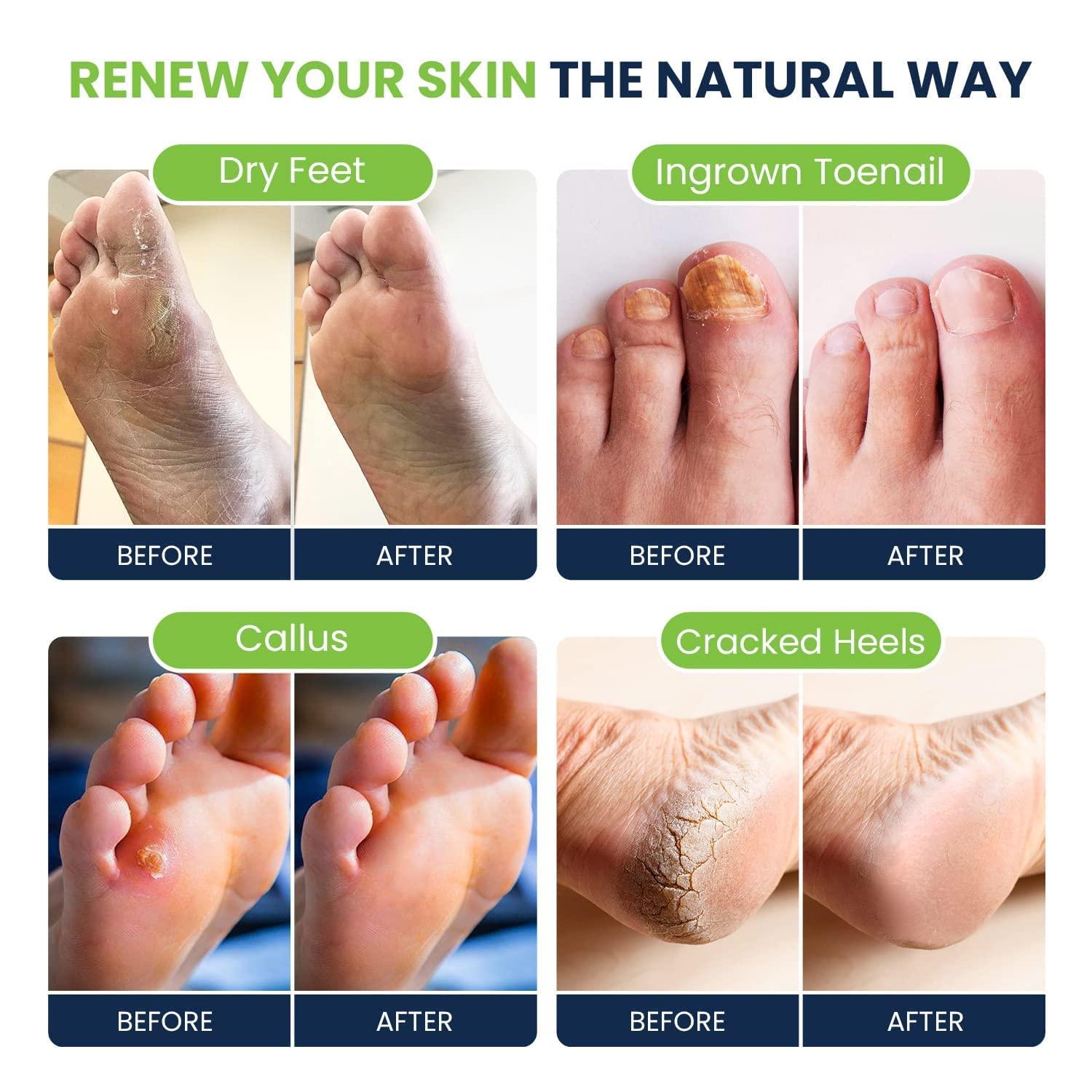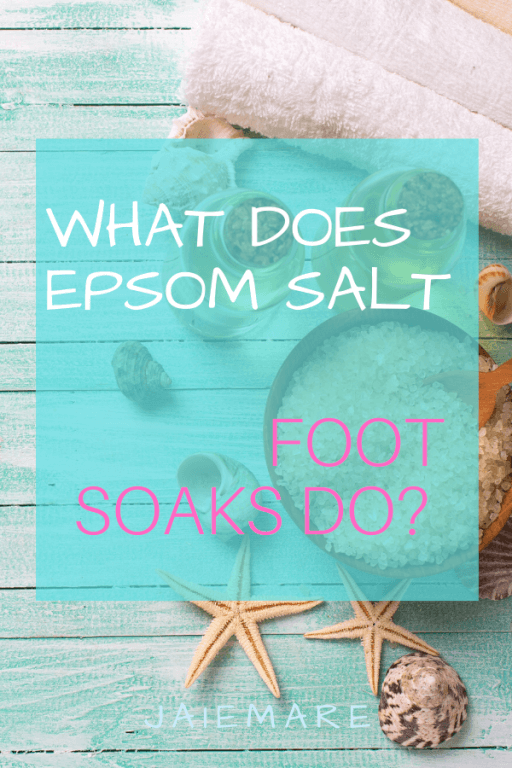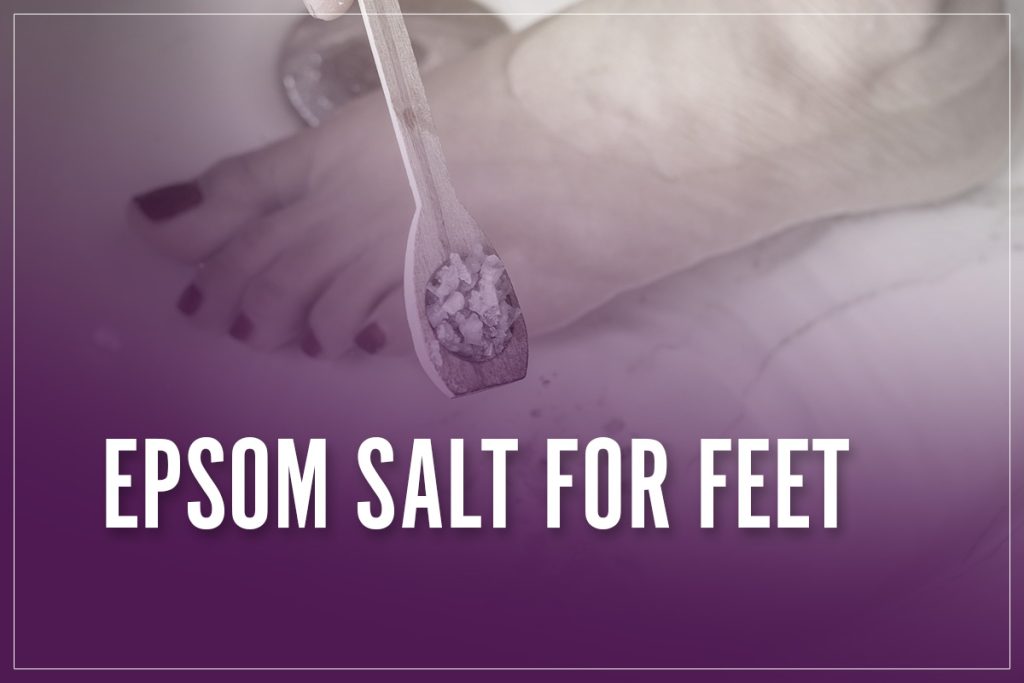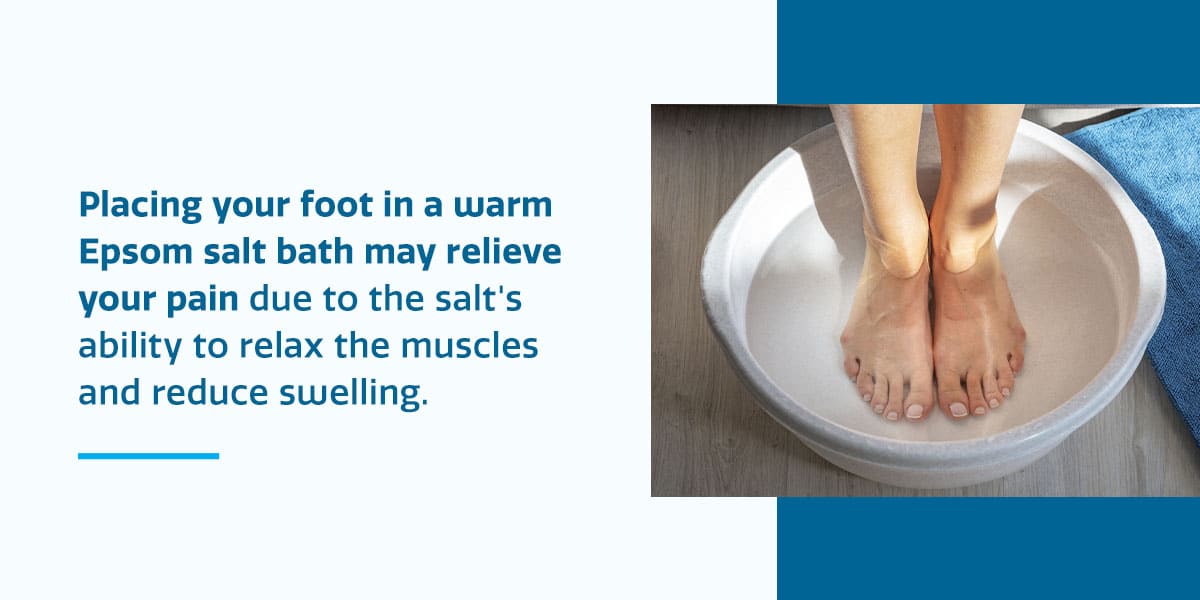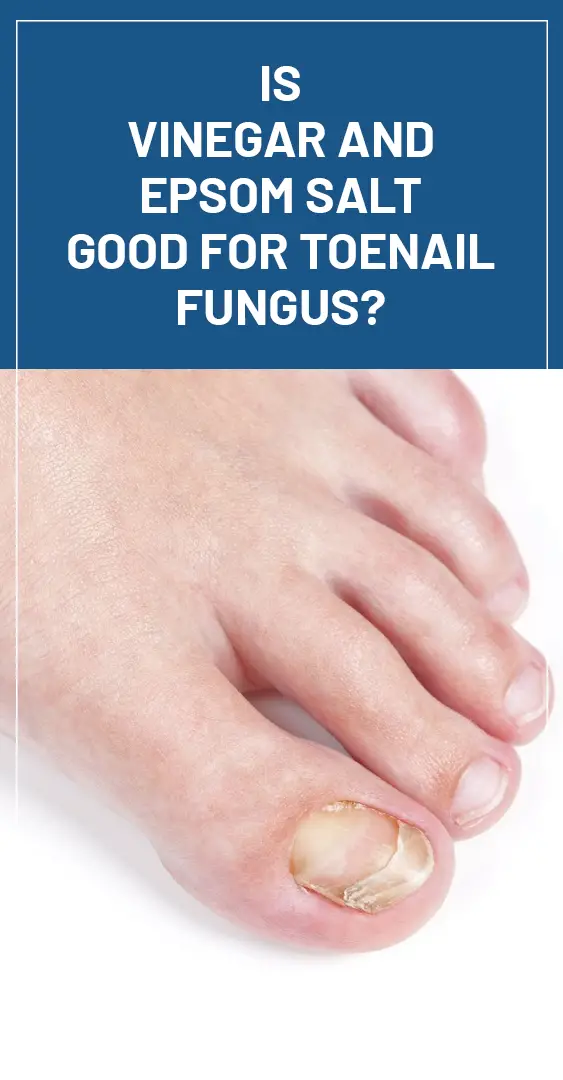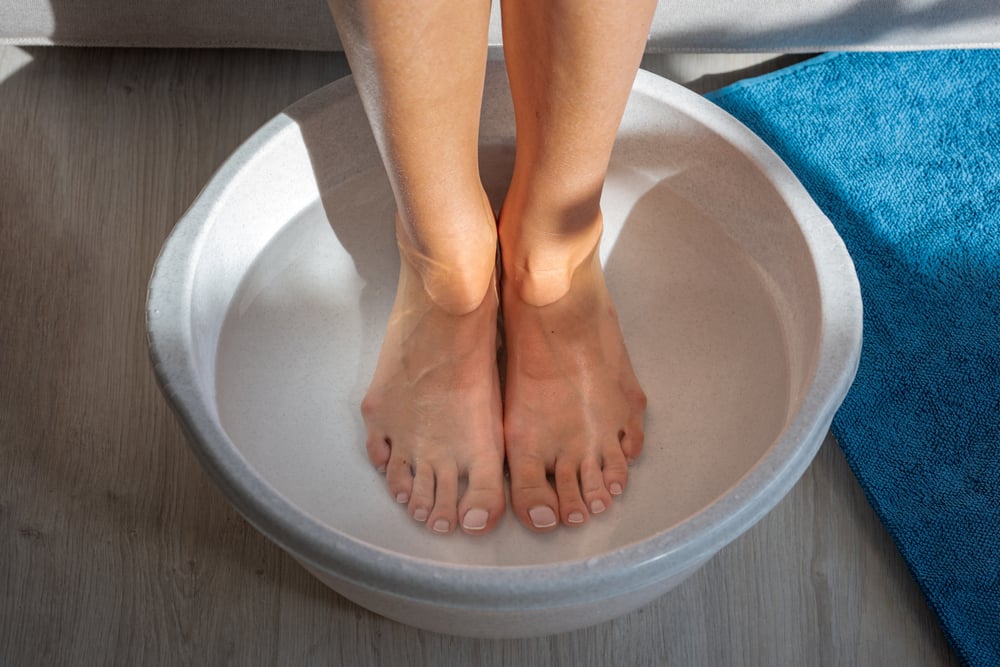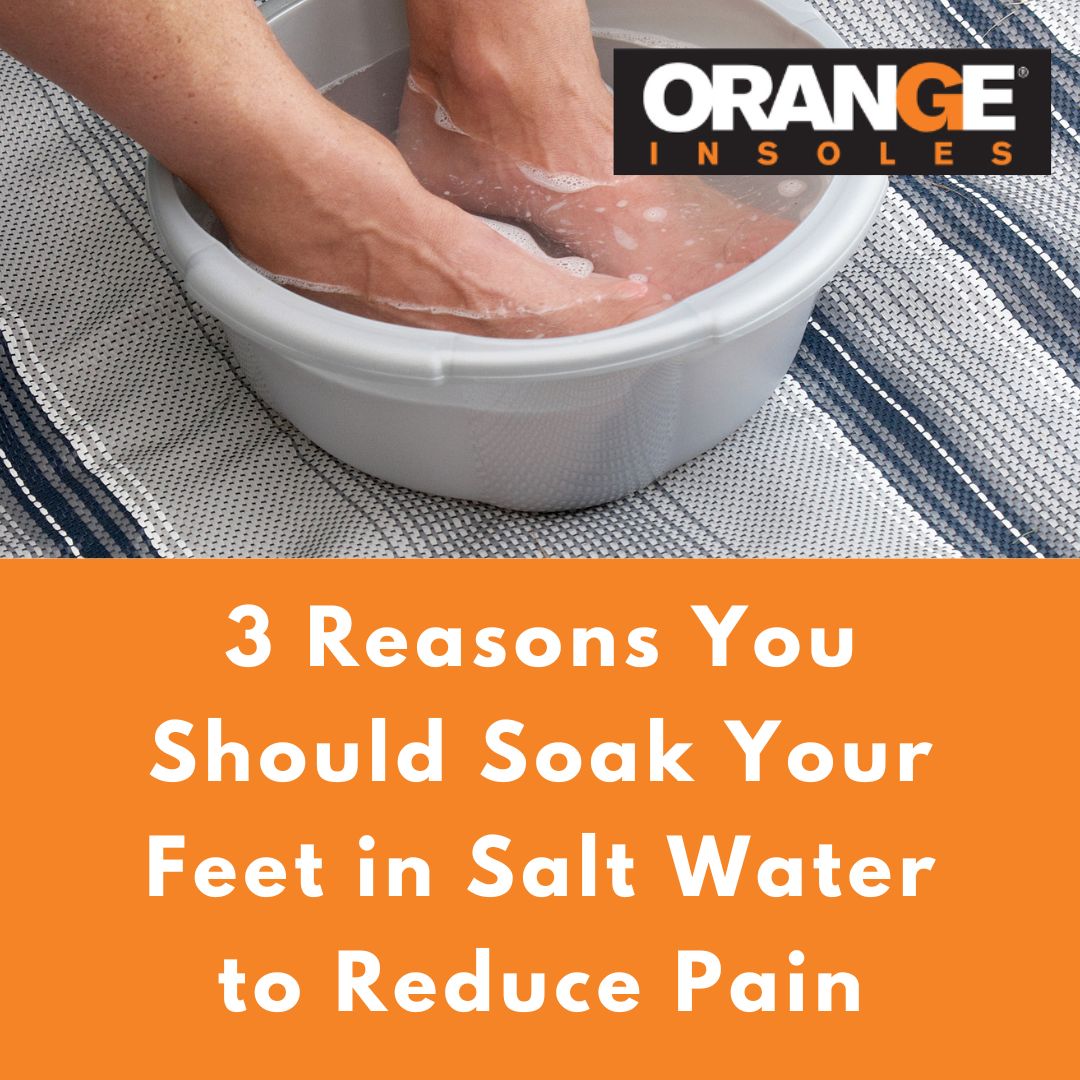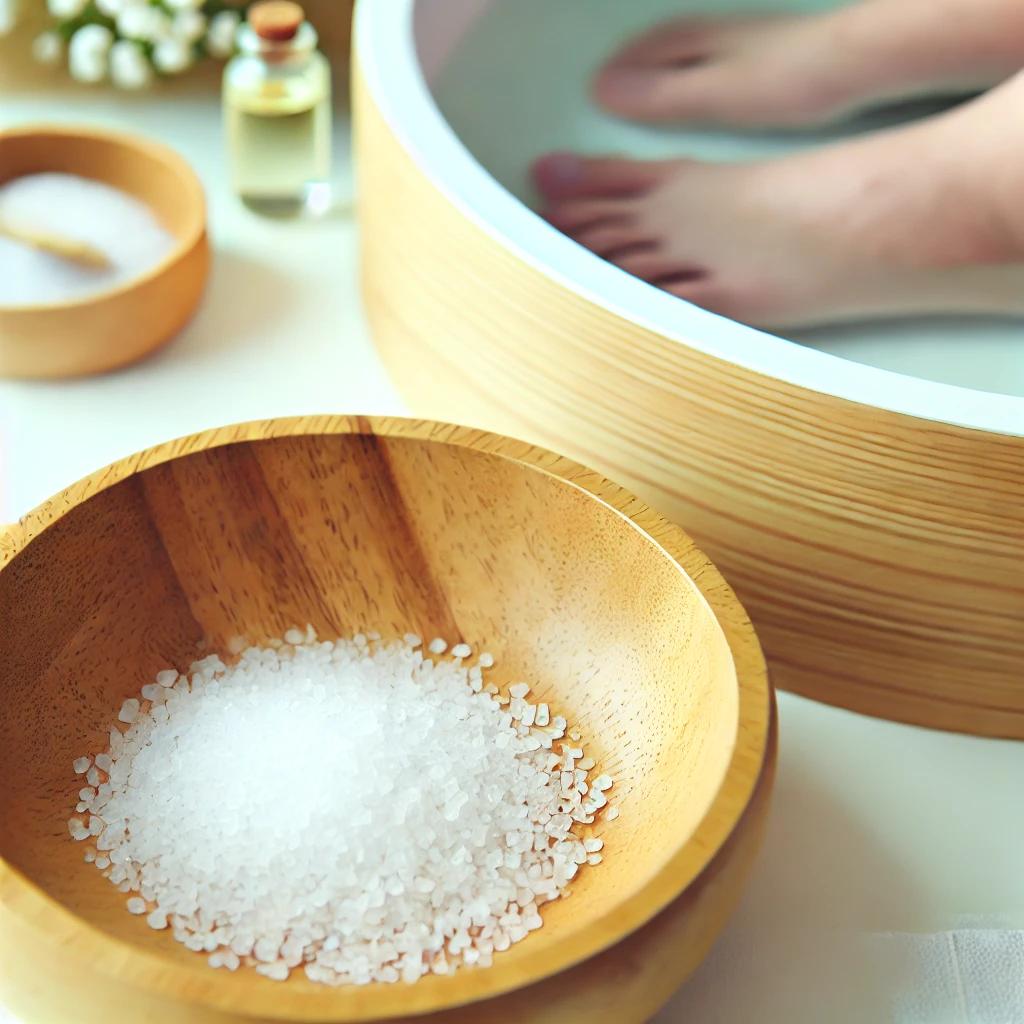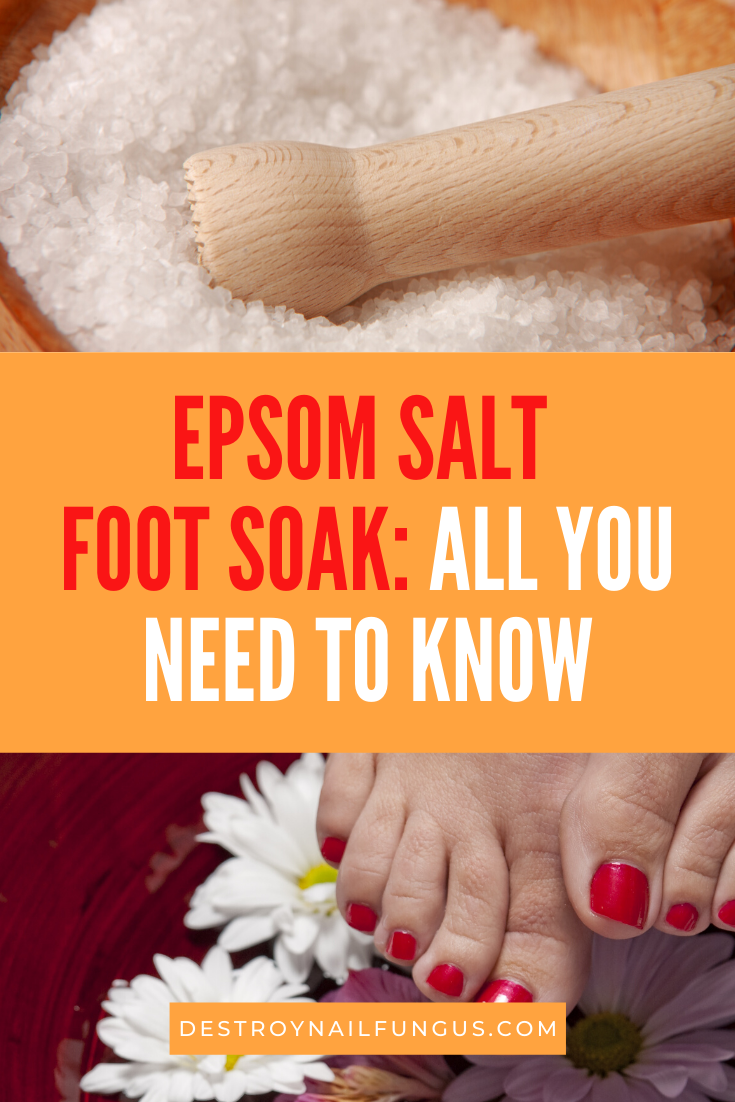Does Epsom Salt Help Infected Toe

The throbbing pain, the angry red swelling, and the persistent worry that a minor cut has spiraled into a full-blown infection – these are the hallmarks of an infected toe, a surprisingly common and often distressing ailment. Sufferers often search for accessible and affordable relief, turning to home remedies before seeking professional medical help. Among these, Epsom salt soaks stand out as a time-honored solution. But does this readily available mineral truly offer a path to healing, or is it merely a comforting myth?
This article delves into the scientific evidence, expert opinions, and practical considerations surrounding the use of Epsom salt soaks for infected toes. We will explore the potential benefits and limitations, examine alternative treatments, and ultimately provide readers with a balanced perspective to make informed decisions about their foot care. It's crucial to separate anecdotal claims from evidence-based practices when dealing with a potentially serious health concern.
Understanding Infected Toes
An infected toe typically arises when bacteria, often Staphylococcus aureus, enters the body through a break in the skin. This break can be a small cut, an ingrown toenail, or even a blister.
Symptoms may include redness, swelling, pain, warmth to the touch, and the presence of pus or drainage. In severe cases, the infection can spread beyond the toe, leading to more serious complications.
Common Causes and Risk Factors
Ingrown toenails are a frequent culprit, where the edge of the toenail grows into the surrounding skin, creating an entry point for bacteria. Poor hygiene, tight-fitting shoes, and injuries to the toe can also increase the risk of infection.
Individuals with diabetes or compromised immune systems are particularly vulnerable to infections, as their bodies may have difficulty fighting off bacteria.
The Epsom Salt Debate
Epsom salt, chemically known as magnesium sulfate, has been used for centuries for various ailments, from muscle soreness to skin irritations. Proponents suggest it can help draw out infections, reduce inflammation, and promote healing.
The mechanism often cited is that Epsom salt creates a hypertonic solution, meaning it has a higher concentration of salt than the surrounding tissues. This osmotic gradient is believed to draw fluid out of the infected area, potentially reducing swelling and drawing out pus.
Evidence and Expert Opinions
While many people swear by the effectiveness of Epsom salt soaks, scientific evidence supporting its direct effect on treating infections is limited. The National Institutes of Health (NIH) has not formally endorsed Epsom salt as a treatment for infections.
Dr. Emily Carter, a podiatrist at the Foot Health Clinic, explains, "Epsom salt can provide symptomatic relief by reducing swelling and softening the skin, which may help with drainage. However, it's not a substitute for antibiotics or other prescribed treatments for a true infection."
Another perspective comes from Dr. David Lee, a dermatologist, who states, "The warm water itself can be beneficial, as it increases blood flow to the area and promotes healing. The Epsom salt may offer a slight additional benefit in terms of reducing inflammation."
Potential Benefits and Limitations
Potential Benefits: Reduced swelling and inflammation, softened skin allowing for easier drainage, temporary pain relief, and improved blood flow to the affected area through warm water soaking. These are benefits in the early stage or alongside the antibiotic treatment.
Limitations: Does not directly kill bacteria, may not be effective for deep or severe infections, and should not delay seeking professional medical attention. The soaking is not a substitute to the actual antibiotics.
Proper Usage and Precautions
If considering Epsom salt soaks, it's important to use them correctly. Dissolve about two tablespoons of Epsom salt in a basin of warm water.
Soak the affected toe for 15-20 minutes, two to three times per day. Ensure the water is warm, not hot, to avoid burns, and dry the toe thoroughly after each soak.
When to Seek Professional Help
It is vital to consult a doctor if you experience any of the following: increased pain, spreading redness, fever, pus that is thick or foul-smelling, or if the infection does not improve within a few days of home treatment. These symptoms may indicate a more serious infection requiring antibiotics or other medical intervention.
Individuals with diabetes or compromised immune systems should seek immediate medical attention for any suspected infection, as they are at higher risk of complications.
Alternative and Complementary Treatments
In addition to or instead of Epsom salt soaks, other home remedies and medical treatments may be considered. Over-the-counter antiseptic creams or ointments containing ingredients like bacitracin or neomycin can help prevent the spread of infection.
In cases of ingrown toenails, a podiatrist can perform a minor procedure to remove the ingrown portion of the nail. For severe infections, oral or topical antibiotics may be prescribed.
Preventive Measures
Prevention is always better than cure. Maintaining good foot hygiene, wearing properly fitting shoes, and trimming toenails straight across can significantly reduce the risk of developing an infected toe.
Promptly treat any cuts, scrapes, or blisters on the feet with antiseptic and keep them clean and covered. Be especially cautious if you have diabetes or a weakened immune system.
Conclusion: Balancing Hope and Evidence
Epsom salt soaks may offer some symptomatic relief for minor infected toes, primarily by reducing swelling and softening the skin. However, it is not a standalone cure and should not replace professional medical advice or prescribed treatments.
Ultimately, the decision of whether or not to use Epsom salt for an infected toe is a personal one. It is crucial to weigh the potential benefits against the limitations and to seek medical attention when necessary. The best approach combines informed self-care with timely professional intervention to ensure optimal healing and prevent complications.
